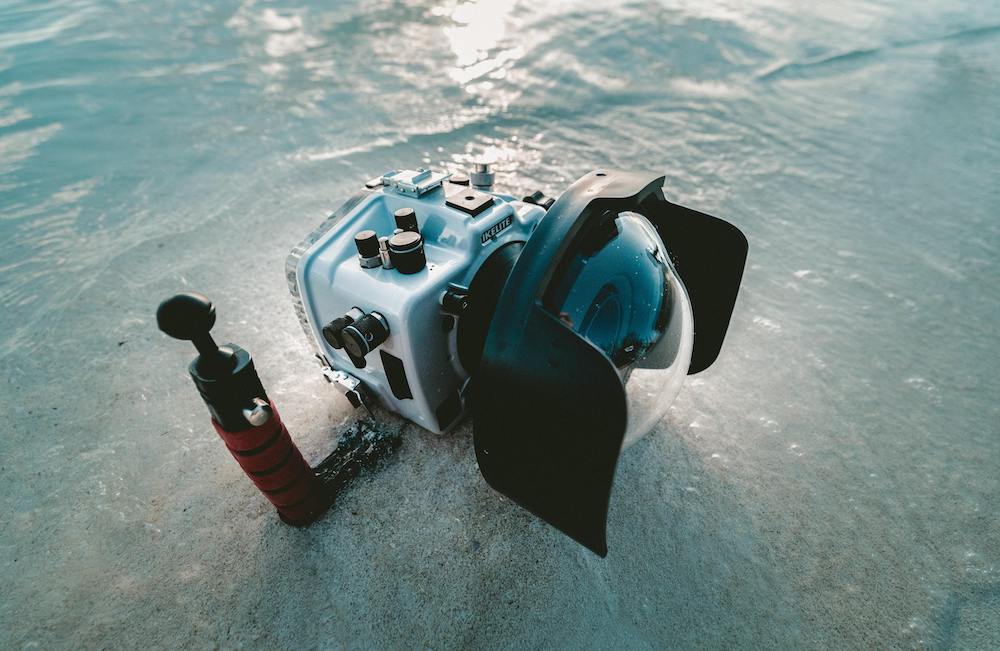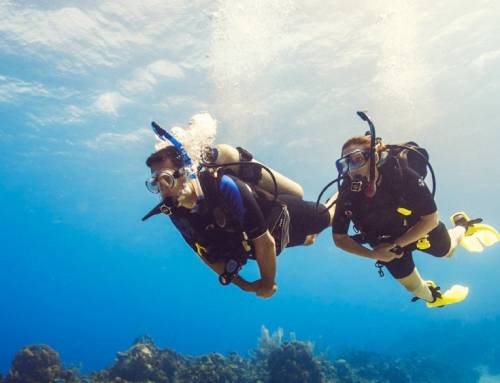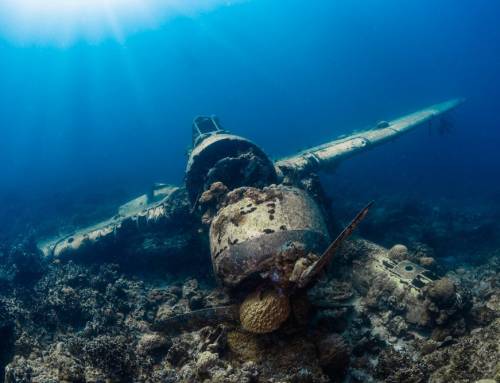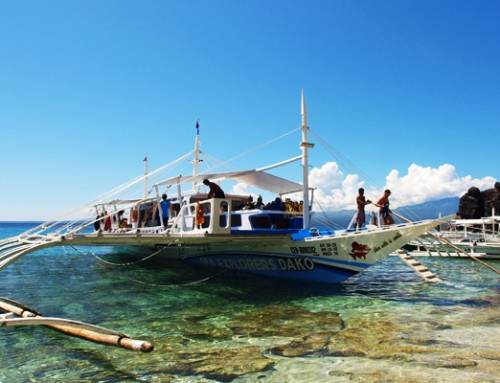
Whether you are a photographer who wants to take capturing to a whole new level or a diver who wants to capture and relive stunning underwater adventures, digital underwater photography is worth diving into.
Especially in the Philippines where dive sites offer unique and stunning views, you can surely preserve your memorable experiences with underwater images and videos. From photos of spectacular flora and fauna to mesmerizing underwater cave systems, fascinating shipwrecks, and interesting portraits of fellow divers, snorkelers, and swimmers, you can reminisce about your adventures and share your snapshots with the world.
In this post, we’ll share more information about digital underwater photography in the Philippines.
Understanding digital underwater photography
Digital underwater photography is the art of taking images and videos underwater using specialized digital underwater cameras and equipment. The rise of digital technology has truly enhanced underwater photography allowing photographers to instantly see and adjust their shots to make them as close to reality, and to make them more creative and visually pleasing.
Underwater photography basics
Taking stunning photos underwater takes important factors, such as natural light, composition, and water clarity into consideration. For best results, you also need to be familiar with using digital cameras, post-processing, and other important underwater equipment, such as underwater camera cases.
Digital underwater photography techniques
When it comes to capturing images underwater, you can apply different techniques to capture different subjects and achieve various effects. Some of these techniques include macro photography, wide-angle photography, and the use of ambient and artificial lighting.
Underwater macro photography
You can use the macro photography technique underwater if you want to capture close-up images of small aquatic subjects like nudibranchs, tiny lobsters and crabs, colorful corals, and other intricate details underwater.
For this technique, you will need specialized equipment, such as macro lenses and underwater camera housings.
Wide-angle underwater photography
If you want to to capture wide scenes and large subjects underwater, you do the wide-angle technique. You can use this to take stunning images of vast coral reefs, underwater landscapes, and big marine life like sharks or rays.
For this type of photography, you will need specialized wide-angle lenses and underwater camera housings.
Ambient vs artificial light technique
The ambient underwater photography technique involves using available natural light to brighten subjects without artificial lighting sources. This technique captures the true colors and ambiance of underwater scenes, showing natural lighting conditions. You can use ambient lighting to create a more realistic and natural portrayal of the underwater world.
The artificial lighting technique, on the other hand, involves using external light sources, such as strobes or underwater flash units, to add light to the underwater scenes and subjects. you can use this technique to brighten details, enhance colors, and counteract the loss of color and contrast in deeper or darker underwater environments, such as in caves.
Digital underwater photography Philippines: how to learn
It takes training to perform and master underwater digital photography. Fortunately, in the Philippines, there are dive sites that can offer you digital underwater photography courses. These services are provided by PADI, as well as other dive and photography schools.
Digital underwater photography course Philippines: requirements
If you want to enroll in a digital underwater photography course in the Philippines, you need to be at least 10 years old and a certified (junior) open-water diver.
Digital underwater photography course outline
A typical underwater photography course in the Philippines takes 1 to 2 days to complete with 2-3 dives, depending on the school, the weather, and sea conditions.
You will typically learn about the following:
- selecting and using the right camera system for different applications;
- different approaches to various underwater photography techniques;
- image composition mastery; and
- refining your buoyancy skills while taking photos and videos.
Underwater photography Philippines: best sites to visit
Once you are done taking your underwater photography course, you ar now ready to explore various stunning dive sites in the country. Below are some of our recommendations:
- Dauin, Negros Island: This muck diving paradise is great for macro photography capturing small, fascinating marine creatures.
- Malaspcua Island, Cebu: Malapascua Island is a photographer’s haven for large marine creatures like thresher sharks and whitetip sharks, as well as fascinating underwater rock formations and corals.
- Anilao: This diving place is known for macro photography and diverse marine life.
- Tubbataha: Known as a UNESCO World Heritage site, Tubbataha is a diving paradise with stunning coral reefs and pelagic encounters great for underwater photography enthusiasts.
- Anda, Bohol: This dive site is rising as a top diving and photography spot with rich underwater biodiversity, great underwater visibility, and mild afternoon current.
Takeaway
Exploring the stunning dive sites in the Philippines becomes a more unique and memorable experience when you preserve the memories through your lenses. By taking the digital underwater photography course and mastering the art of taking aquatic photos and videos, you can even transform your passion into a profession by pursuing a career as a professional underwater photographer.
For more information about Digital Underwater Photography course at Sea Explorers Philippines, click here: Digital Underwater Photography Course






